
| Glyptography: the art of sculpture and the carving of precious stones | |||||||
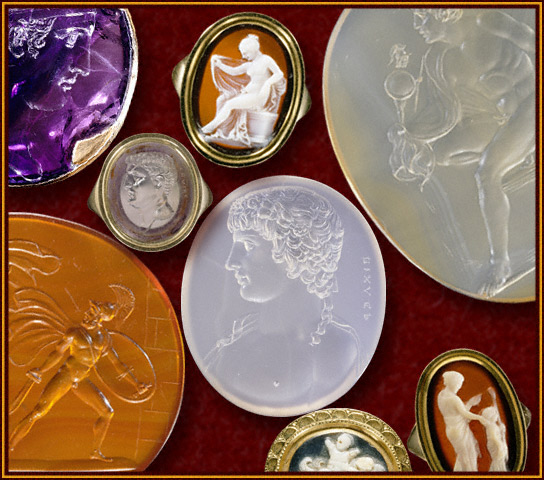 |
It is a fact that many times the only proof, that reaches us from ancient civilizations, is carved crystals that due to their toughness they survived through time and with the acts that they have on them, they give important information to the researchers for the civilization level, the habits and values of the people that lived when these pieces of art were created. This happens due to the toughness of these crystals that entail the main canvas for the pieces of art of Glyptography (toughness from 6.5 to 10 according to the scale of Moh when the steel has toughness of 6 and the diamond of 10). Through one’s eye it gives Glyptography’s art the attribute of incorruption and eternity. | ||||||
| The art of Glyptography rose from the 6th century B.C. up to recent years and became even more known due to the rapid rise of its popularity through which the most artistic glyptographies have been preserved. | |||||||
| Famous glyptographers, such as Mnisarchos from Samos (father of Pythagoras) and Deksamenos from Chios, were creating various pieces of art such as seal-stones that Greeks of that era would always have with them and also used them in order to leave their fingerprints on personal pieces as well as in all kinds of transactions. In the beginning they used to wear the carved crystals on leather straps around their wrists and later they used to tie them with valuable metals and wear them as rings. | 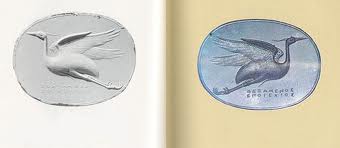 |
||||||
| A typical feature of their wide usage was Solon’s law that used to prohibit glyptographers from keeping a copy of the seal-stones that they created for their customers. | |||||||
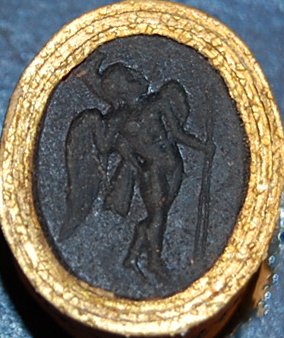 |
The beloved crystals of ancient Greeks were the Rock Crystal (a variety of quartz that had as a main feature the absolute transparency), the Chalkidonios (cryptocrystal quartz that there was abundance of it in ancient Chalkidonas), ible Carneolis, Iaspis and others. |  |
|||||
| During the years of Alexander as well as the Roman times, the irresistible attraction that people felt for the art of Glyptography went on. At the Medieval times, though, the ownership of carved crystals entailed a benefit of a few people and this had the result of decreasing the number of the laboratories and the art was beginning to decay. Later, during the Renaissance, Glyptography started to enhance again, but only for a short while. This art was adored especially by Leonardo Da Vinci and Michael Angelo. The definite decay of this art started with the invention of stamps, when the usage of seal-stones stopped from being used to seal letters. | |||||||
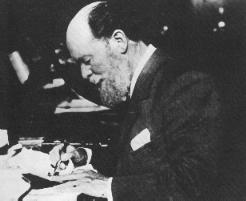 |
The well-known Russian jewelry maker Peter Karl Faberge (1846-1929) adored this art and it was revived by creating a series of pieces of this art, such as the ZOO, for Russian and other European Royalties. One of the main associates of Faberge was Alfred Lyndhurst Pocock (1881-1962), an English Sculptor, Glyptographer, Geologist and aquarelle artist, who introduced Cecil Tomas to Faberge at the beginning of the second decade of the 20th century. | 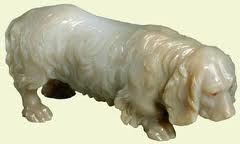 |
|||||
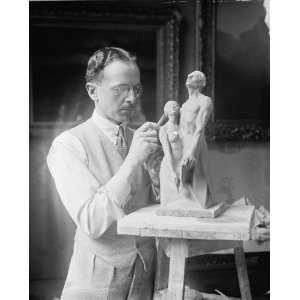 |
Cecil Tomas was a British Sculptor and Glyprographer, who created very fascinating sculptures, which decorate many public places today. Cecil Tomas linked his name with the Faberge industry and his active glyptography, while he took over from Faberge and Pocock. Student and the legacy of Cecil Tomas was the Greek, from his mother’s side, and Irish, from his father’s side, Nick Kielty-Lambrinides (1920-2004), Glyptographer and Gemologist. | 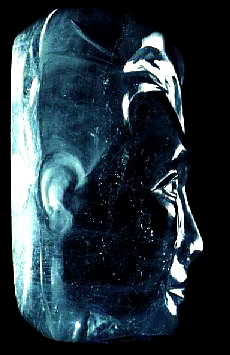 |
|||||
| The, generally known, last European Master Glyptographer Nick Kielty-lambrinides, whose pieces of art are found at the Victoria & Albert Museum in London, the Museum Goulandri as well as in numerous galleries, after being taught by Cecil Tomas he adopted the vision of his Master for the Revival of Glyptography.
After the death of Cecil Tomas in 1975, Nick Kielty-Lambrinides settled in Greece and established the “School of Glyptic Arts” in Athens believing that Greece is the most appropriate place for the revival of the Art of Glyptography.
There were two reasons that led him to this powerful belief. The first reason was that Glyptography reached its’ peak in Greece during the classic ancient years. One can distinguish that by the façade and technical uniqueness of the ancient pieces of art of Glyptography which are displayed in various museums throughout the world. The second reason was the belief the great master had, that in Greece there is a great number of talented and perspective people who keeps on a tradition in Jewelry over 6000 years and if educated and trained properly they can become Great Masters of the revival of the art of Glyptography. “Metaksourgeio” was the place that he chose to establish his School, because famous Athenian Glyptographers lived there during ancient times. There, he started teaching the Art of Glyptography and Gemology ( the science of recognition and appreciation of precious stones and materials- a word that originates from the Greek word Γαία- Γέμμα-Γή. This data is necessary for Glyptographers due to the fact that the crystal stones are their material, their canvas. Maria Apostolopoulou, a student of his, founding member and basic designer of the team Cosmochaos, who was taught the secrets of the art of Glyptography by the great Master Nick Kielty-Lambrinides, creates Glyptographical pieces following her own knowledge. Through her personal long-lasting experience, she has succeeded in establishing the foundations for the current form of Glyptography. She brings this ancient form of art back to modern times and in connection with people by using the carved precious stones into jewelry of her own design. Maria Apostolopoulou, visionary of the evolution of this art, created the unique organization in Europe of Greek Glyptographers, students and legacies of the Faberge, Cecil Tomas and Nick Kielty-Lambrinides Schools, which has been operating in Athens from 1994 under the brand COSMOCHAOS. |
|||||||


